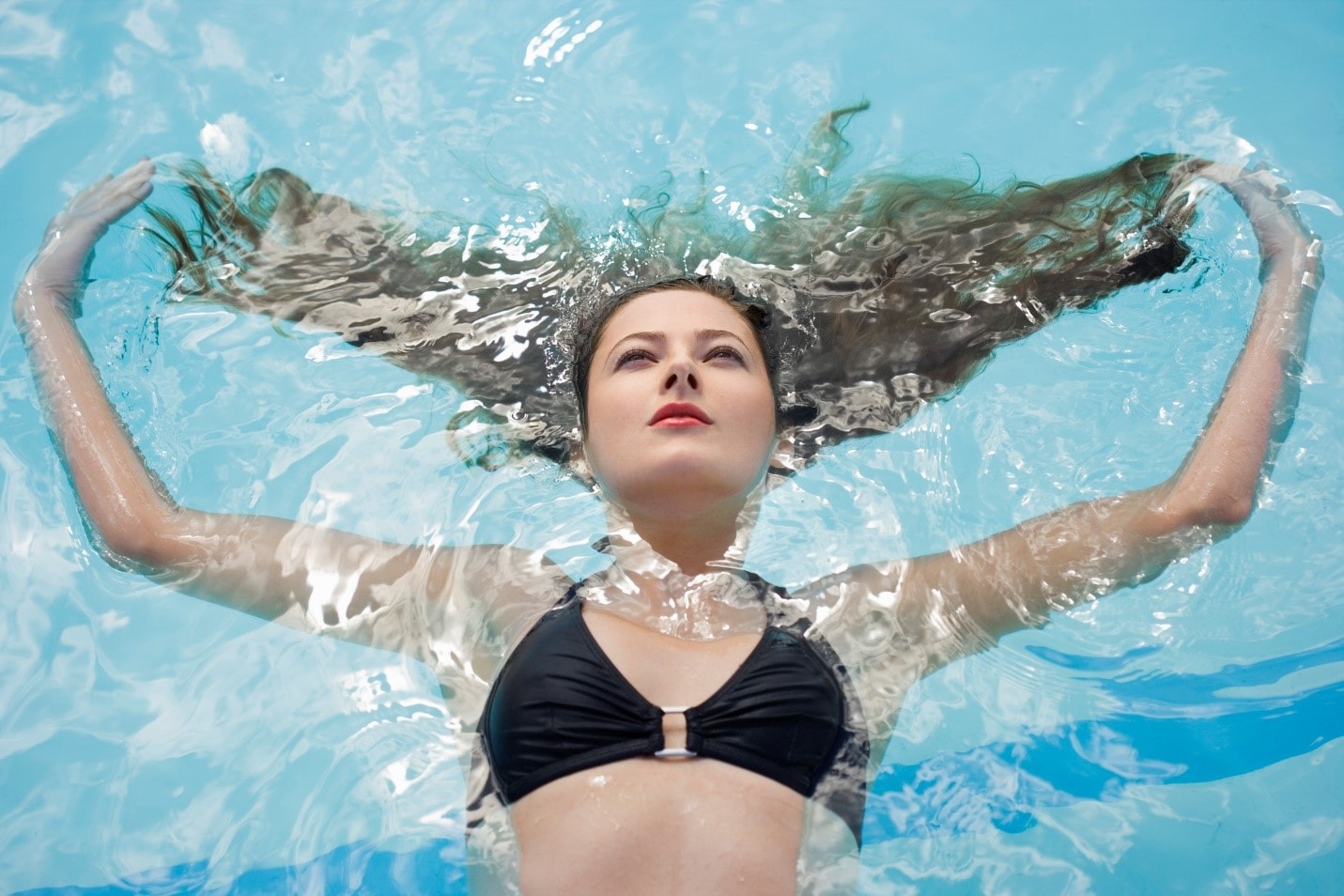What is Flotation Therapy?

Imagine floating. Not in the ocean, but in a pool. The water is the same temperature as your skin and there are no bright lights to disturb or distract you. There’s no noise, just you floating in a calm, dark space.
It sounds strange, but some people find solace in flotation therapy. The popularity of floating is growing and is not limited to celebrities on the East or West coasts. Most states have at least one float center or spa. While float therapy sounds like an unpleasant experience to some people, others think it’s the perfect environment for meditation.
So how did this unusual relaxation method come to be and why does its popularity continue to grow? Are float spas regulated and is there evidence to back up its beneficial claims?
Let’s dive in and learn more.
What is flotation therapy?
Invented in the 1950s, flotation therapy aims to reduce the distractions of sight, sound and touch. This is why float therapy is sometimes called deprivation or isolation therapy. To create a perfect float environment, float pods or isolation tanks are used. Some believe floating relaxes the mind and body and reduces feelings of stress, anxiety and muscle tension. There isn’t a large amount evidence to support other claims like improved creativity, improved athletic performance and improved learning abilities.
How does flotation therapy work?
Float pods contain a small pool of water that can comfortably fit an adult. The water in these tanks is kept at skin surface temperature. This temperature melds with the surface of your skin and creates a slightly odd, touchless sensation.
Large amounts of Epsom salt are added to the water, allowing you to float effortlessly. Since the water is so dense, it takes a lot of effort to flip your body over, which makes it easy to stay on your back.
Experts recommend you float without light or sound for the full experience. Float pods can close out light completely and create a silent atmosphere within the pool. The goal is to reduce outside interruption or stimuli. If that’s too intense for the floater, most pods can be lit and allow sound in.
What does float therapy feel like?
Floaters typically float without clothing or a bathing suit and are required to shower and wash their hair before stepping into a float pod. Ear plugs are recommended. In the dark and without distraction, floaters let their minds fall into a quiet, meditative state.
What fans of the practice like is that floating makes them feel relaxed and calm. Some report it feels like a dream-like state, while others like the way it makes them feel “unplugged” for an hour or so. Some have mentioned they don’t like being in the complete dark and prefer to float with lights or an open ceiling.
How are float spas regulated?
There are no hard and fast rules when it comes to regulating a float spa. Some states have laws that require regulation from the Department of Health Services, while others have no laws regulating spas. At this time, float tanks are not regulated in Oklahoma.
Use your best judgment, consult reviews and check out the location of a float spa before you book an appointment. If you have any questions about a location in your area, it’s always a good idea to call your local Department of Health Services.
Before you decide to try flotation therapy, consult with your primary care doctor and even a licensed therapist to see if it’s a good choice for you.
Flotation therapy in Oklahoma
Oklahoma has a reputation for being a flotation therapy hot spot. Tulsa is home to the nation’s only flotation research facility. Their research aims to provide an explanation of how this therapy affects the brain and how it can be used to treat anxiety and other mental health disorders.
Oklahoma City and Tulsa both have flotation therapy spas nearby. In Edmond, Float OKC offers floating to the metro area. Manager Austin Crawford says the spa sees many kinds of people. “We have athletes, people who come into treat migraines and people who come in to relax,” he says.
When he’s not playing against the Thunder, Steph Curry has been known to hit the float tank. In fact, many professional athletes are touting the practice including Curry’s teammate Harrison Barnes and a few New England Patriots. Most use it for post-game or practice recovery, but Curry has mentioned he enjoys unplugging from everyday life while floating.
You might find that flotation therapy is a good fit for you, or maybe you’re not yet ready to step into the water. Either way, this trend shows many people are searching for and prioritizing relaxation methods that work for them.

